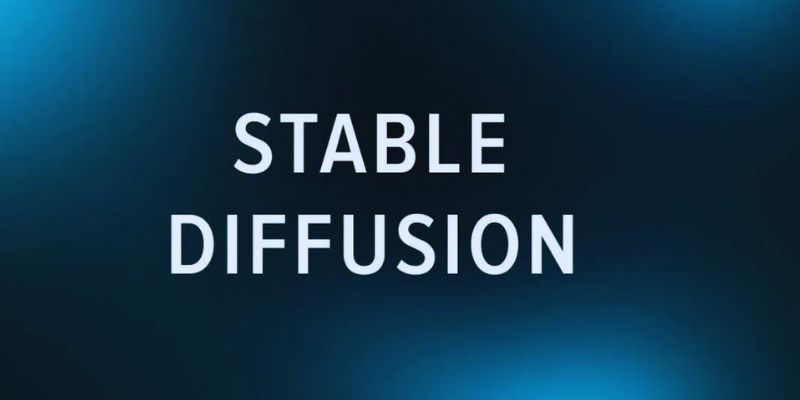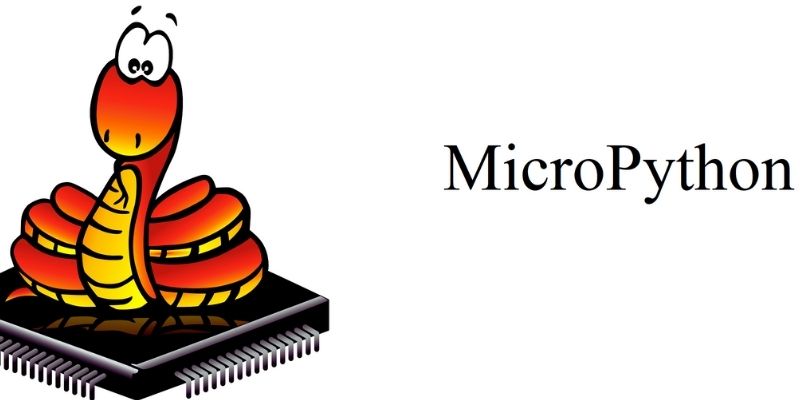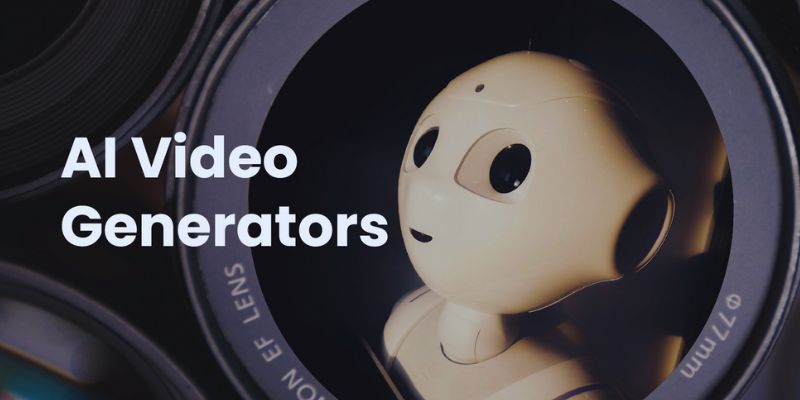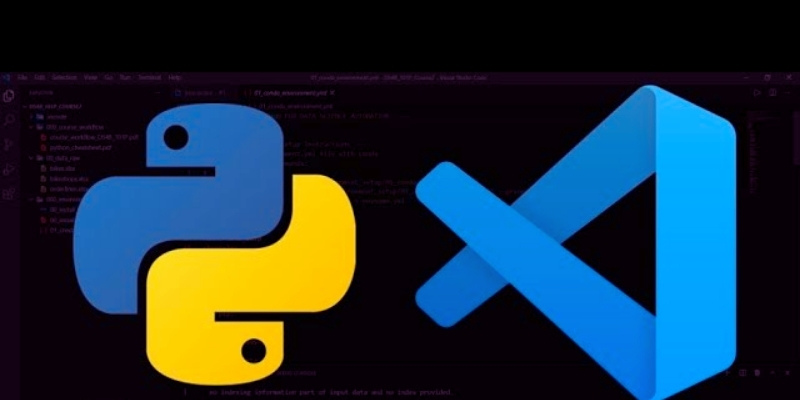One recently developed artificial intelligence image-generating model that is gaining increasing interest is FLUX.1. Many developers and artists are asking whether it might replace Stable Diffusion. With enhanced processing and sophisticated features, FLUX.1 presents a fresh approach to AI-generated images. This model is expected to deliver faster rendering, improved realism, and more customization.
It emphasizes quality and efficiency, unlike stable Diffusion. Though its features excite users, is this a better substitute? We shall thoroughly discuss FLUX.1 in this article. We will evaluate its strengths in Stable Diffusion. Let's determine whether this fresh approach is a game-changer or another tool.
What is FLUX.1?
FLUX.1 is an AI-powered model designed for producing premium photos. It creates realistic and detailed graphics using cutting-edge machine-learning methods. The aim is faster processing and creative flexibility. FLUX.1's speed is one main draw. The model runs images faster than its forepersons. For artists needing quick results, this development is vital. It shortens rendering time without compromising quality.
Another important quality is its capacity to provide quite detailed outputs. FLUX.1 improves texturing and lighting using an improved neural network, giving pictures a professional and lifelike appearance. Since the model is also efficient, people with various hardware configurations can access it. FLUX.1 presents a more understandable UI than Stable Diffusion. For novices, it streamlines the process and facilitates. All things considered, it offers a flawless AI artistic experience with great capacity.

How Does FLUX.1 Compare to Stable Diffusion?
Although they have important distinctions, Flux.1 and Stable Diffusion serve similar uses. Performance stands among the main differences. Faster image production provided by FLUX.1 comes from its enhanced algorithms, which means users have less waiting time. Another crucial consideration is quality. Although stable Diffusion has a great track record, FLUX.1 advances this. It uses lighting, colors, and textures to produce more lifelike images. These improvements make it quite a fierce rival.
Not less important is the ease of usage. For optimum outcomes in Stable Diffusion, one must possess technical understanding. By contrast, FLUX.1 streamlines the procedure. Beginning users will find it more approachable because of its clear UI. Customizing is yet another distinction. Stable Diffusion lets one change deep parameters. Though with a better workflow, FLUX.1 provides equal versatility. It harmonizes simplicity with control. That makes it an excellent option for casual as well as business users.
Key Features of FLUX.1
FLUX.1 introduces several features that set it apart from other AI models. These features simultaneously advance output quality and usability.
- Faster Rendering Speeds: The model maximizes processing time, lowering image-generating delays.
- High-Resolution Outputs: Images are more realistic and professional when textures improve.
- User-Friendly Interface: Streamlines the procedure, enabling artists of various ability levels to create AI works.
- Advanced Customization: Provides several values to adjust picture outputs.
- Improved Lighting and Details: Improves depth and shading for a natural impression.
- Lower Hardware Requirements: It works effectively on several devices without premium GPUs needed.
These qualities make FLUX.1 a strong substitute for art produced by artificial intelligence. Whether your interest is professional or recreational, it offers a dependable and quick fix.
What Makes FLUX.1 Unique?
Because of its sophisticated processing capacity, FLUX.1 distinguishes itself from other artificial intelligence models. Its adaptation is among its strongest suit. The model is more efficient over time since it keeps learning and developing. Its capacity to produce several artistic styles is yet another special quality. Unlike certain models that stress realism, FLUX.1 may produce abstract, cartoonistic, or photorealistic visuals. Many different artists find this adaptability to be very appealing.
FLUX.1 prioritizes efficiency as well. It uses fewer resources, enabling people with modest hardware to create excellent photographs. It also helps a larger audience access AI art. Finally, FLUX.1 fits very nicely with several creative instruments. AI-generated graphics in professional projects are simpler when utilized alongside design tools.
Is FLUX.1 a Stable Diffusion Replacement?
User needs will help one decide whether FLUX.1 can replace Stable Diffusion. FLUX.1 is a great pick if speed and simplicity are top concerns. It presents a neat UI and quick processing. Stable Diffusion still appeals strongly to users, nevertheless. It offers a well-known ecology and great personalizing. Many people appreciate its great control choices.
One possible substitute but not absolutely a replacement is FLUX.1. It lacks some sophisticated capabilities of Stable Diffusion but performs and uses well. FLUX.1 is perfect for consumers looking for effectiveness. Stable Diffusion is still quite useful for individuals who need great control. Both models have special strengths. The decision relies on the most important aspects of a particular user.

Who Should Use FLUX.1?
From hobbyists to pros, FLUX.1 is perfect for all kinds of users. This model will most help those who require quick and high-quality image creation. Novices will value the intuitive design. FLUX.1 does not call for in-depth technical expertise, unlike Stable Diffusion. Starting to create AI-generated art becomes simpler this way.
The advanced customizing choices of FLUX.1 also allow designers and digital artists a great advantage. It helps them to improve their work and explore several techniques efficiently. FLUX.1 presents companies with a reasonably priced way to create marketing graphics. Its fast capacity to produce high-quality photos is quite helpful for branding and advertising. FLUX.1 will be helpful overall for anyone seeking a dependable, quick AI image-generating solution. It meets several skill levels and creative needs.
Future Potential of FLUX.1
FLUX.1 is still developing; future revisions might make it even more potent. Developers are improving rendering quality and increasing customization choices. These improvements would establish it as a top artificial intelligence creative tool. Better artificial intelligence training is one area of development. Through bettering its datasets, FLUX.1 may create even more realistic visuals. Enhanced text-to-image conversion would also increase prompt accuracy.
Integration with creative software is yet another area of development. IfFLUX.1 links with programs like Photoshop or Blender, it may become a staple instrument for digital artists. The sector of artificial intelligence image generation is always evolving. Rising as a major rival to Stable Diffusion and other artificial intelligence models as FLUX.1 develops is
Conclusion
A promising artificial intelligence image-generation model with advanced characteristics is FLUX.1. It presents quick speeds, premium outputs, and a simple interface. It increases accessibility and efficiency more so than in Stable Diffusion. However, it might not completely replace Stable Diffusion for every user. Although Stable Diffusion is quite user-friendly, some experts would rather have customizing choices. For those looking for a modern, effective AI art tool, FLUX.1 is overall a great substitute. It keeps a user-friendly interface and yields outstanding performance. Whether it replaces Stable Diffusion will rely on individual tastes and working requirements.











